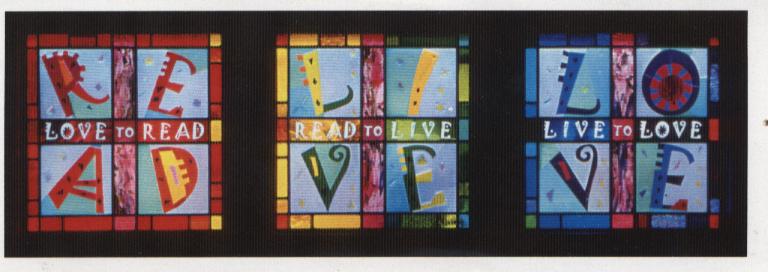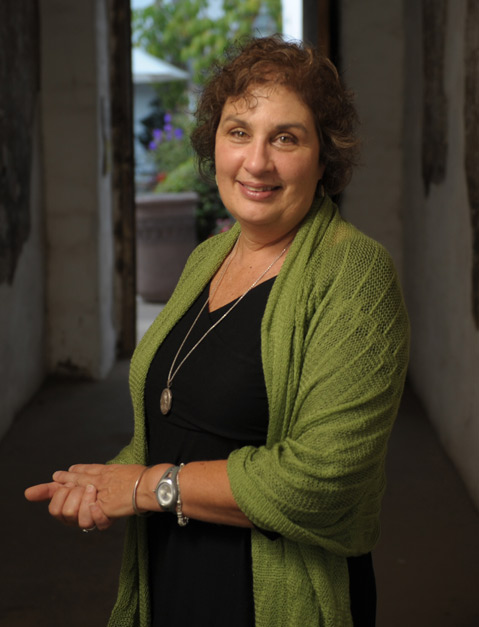disAbility Awareness Days
Touching Young Hearts and Minds

The students of this community are nearly finished with the school year. They have learned their lessons, completed their homework, worked on their projects and taken their tests in the state-required curriculum.
And, thanks to an enlightened approach by our local school districts that mandate or encourage disAbility Awareness Days on campus, many of our local students have learned about another array of subjects they’re likely to encounter throughout their lives.
It’s an awesome team of volunteers who walk onto local campuses to share their stories and their expertise, geared for various age groups and levels of understanding. I’m the team’s designated presenter of information about dyslexia and other learning differences. The volunteers provide students with insights into how people are the same and how they are different.
Students learn about various physical, intellectual, and learning differences, from autism to visual impairments. They also learn how to understand, help, and be friends with people who have these differences.
The work of the disAbility Awareness team has just been completed for this school year. Organized by the hard-working Jennifer Griffin of Alpha Resource Center, the team has been welcomed by principals and classroom teachers, special education teachers, and administrators—and, most important of all, by students from kindergarten through high school.

I usually present my dyslexia talk to third and fourth graders, who are just beginning to realize—and sometimes even experience—how differences in reading, spelling, and writing skills affect their work, and their entire school life. After all, one in five individuals has dyslexia.
To support the talk I give, the visuals I bring in include:
—A magnet board with letters that spell out: “Thew ordsa re notspa cedc oreec tly” and “Wee spel egzackle az thuh werds sond too uz.” I ask them to decipher it.
—A mobile with the letters p, b, d, and q—and as the letters spin, we discuss how the same symbol represents so many sounds.
—A poster of the actress Bella Thorne, who appears on the Disney Channel and discusses her dyslexia, both as a person and the character she plays, CeCe on Shake it Up. Blessings to Bella Thorne: These kids love her, and are listening to her message of hard work, communication, and compassion.
—A plate my son with dyslexia made for me in 3rd grade, illustrating the difficulty with writing (dysgraphia) that frequently is a characteristic of individuals with dyslexia. We work to decipher the scribbles into the lovely expression: “Thank you wind for cooling me off and for making a wonderful sound when you hit pine trees.” Then we talk about other ways of self-expression, when writing is difficult.
—Examples of successful individuals with dyslexia, like Santa Barbara’s own Paul Orfalea and Charles Schwab, as well as Usher, Cher, George Lopez, Steve Jobs, Albert Einstein, Thomas Edison, Alexander Graham Bell, and George Washington, among others.
—Lots of books for kids and adults to let them know there is help and hope—and many ways to achieve their full potential.
It’s amazing what happens during these meetings with our community’s kids. They are interested, engaged, accepting, and very, very caring.
Even more, they’re curious and innovative about trying to figure out solutions—more than one young engineer-to-be has suggested that some kind of algorithm be employed to re-space words specifically for individuals with dyslexia. And they’re willing to share their own stories. One little boy this week at Peabody Charter School raised his hand and said, “I have dyslexia. Reading is hard, but I’m really good at seeing things like eagles and nests.”
And that’s the whole point of it all—to empower, educate, and encourage the young ones among us to grow up with a greater awareness and acceptance of ourselves and others. Lessons being learned, and practiced, in our classrooms throughout our community.
About the ArtistThe stained glass artwork at the top of the page, which graces the Vandenberg Village Library, is by Nadya Penoff. She explains that she made it thinking of her son, who loved being read to as a child but struggled with reading himself because of his dyslexia. “… I designed these windows to convey the feeling of a playful party atmosphere,” she said, “a cheerful party with letters, with the rainbow of colors appealing to younger children and a compelling written message for the older children.”



